Boston Pops Orchestra
by Stephen Thomas ErlewineFor year after year, decade after decade, the Boston Pops were one of the most popular orchestras in America. Through concerts, tours and an endless series of record albums, they brought classical music, marches and contemporary pop to millions of listeners. Over the course of the 20th century, the orchestra was recorded more than any other. They developed a repertoire that functioned as the de facto American classical and pop lexicon. The Boston Pops were populists, emphasizing melody and texture instead of somber, challenging classical pieces. This direction was devised by Henry Lee Higginson, who formed the prototype of the Pops in 1885. The orchestra remained a popular local attraction for the first three decades of the 1900s, but it became nationally famous when Arthur Fiedler was appointed as conductor in 1930. Over the next five decades, he perfected a friendly, accessible sound that emphasized familiar classical pieces with popular tunes, marches and excerpts from film and Broadway scores. By the time John Williams took over for Fiedler in 1980, the Boston Pops were internationally known, but Williams took great steps to ensure that the outfit remain contemporary, frequently adding new pieces to their repertoire. Williams stayed with the outfit until 1995, when he passed the mantle on to Keith Lockhart. In all three incarnations, the basic sound of the Boston Pops remained unchanged, and the orchestra retained its popularity throughout shifting musical tastes.The formula for the Boston Pops was unwittingly devised by Henry Lee Higginson, the founder of the Boston Symphony Orchestra. On July 11, 1885, Higginson gave the first Music Hall Promenade Concert, where the program consisted of "light music of the best class." He had based the program on garden concerts he attended as a student in Vienna, but it also borrowed heavily from the Promenade Concerts Benjamin Bilse conducted in Berlin, copying the style of opening with a light piece, moving to the heaviest composition on the program, and then concluding with another light number. It also had a medley of familiar numbers Bilse performed. Both the medleys and style of the program would provide the template for the Boston Pops. Higginson led the Boston Symphony Orchestra throughout the late 1800s and early 1900s. At first, his programs relied heavily on European classical pieces, but as more American composers emerged, he incorporated them into his sets, thereby giving such writers as John Philip Sousa and Victor Herbert invaluable exposure. In 1900, the Promenade Orchestra became a separate entity from the Boston Symphony Orchestra. It was now known as the Boston Pops.Higginson passed the leadership of the Pops to Adolf Neuendorff, a member of the Boston Symphony Orchestra who followed his predecessor's formula. He was the first in a line of conductors of European descent that dominated the Pops during the early 1900s. Neuendorff didn't stay with the Pops long, and he was succeeded by a number of similarly minded conductors, often promoted from the ranks of the Symphony Orchestra, including Timothee Adamowski, Max Zach, Gustav Strube and Agide Jacchia. In 1927, an Italian composer and pianist named Alfred Casella was brought in to conduct and direct the Boston Pops. Although his tenure was brief, lasting only two years, it was influential, because it illustrated what the Boston Pops could not do. Casella decided that it was his duty to treat the Boston Pops like a conventional symphonic orchestra, having them perform full symphonies and pieces from contemporary avant-garde composers. Accustomed to "light classics," the audiences complained incessantly. Faced with public dissatisfaction, the Boston Symphony Orchestra decided to let Casella's contract expire in 1929 and hire Arthur Fiedler, a 35-year-old violist from the BSO. Fiedler had previously applied for the conductor position once Jacchia resigned, but the job went to Casella instead. As Casella led the Pops, Fiedler formed a chamber orchestra named the Fiedler Sinfonietta, which performed a series of concerts called the Esplanade Concerts. Once the Pops hired Fiedler, the Esplanade Concerts were folded into the BSO and eventually became a respected, popular Boston tradition.Fiedler began his tenure as Pops conductor in 1930. As the first American-born conductor to lead the Pops, Fiedler developed a unique repertoire that came to define the Boston Pops. His Pops performed a wildly diverse variety of music, playing both traditional and contemporary classical music, jazz, opera, film and Broadway scores, and contemporary pop hits. He wasn't shy about incorporating new music into the orchestra's program -- his first concert featured "Strike Up the Band" and Ravel's Bolero, which was no more than a year old at the time -- and he was determined in expanding the Pops' repertoire far beyond light European classical music. Fiedler was also prescient about recordings, knowing that they were vital to the success of not only the Boston Pops, but classical music in general. In July 1935, he recorded 40 compositions for RCA Victor, including Jacob Gade's recent "Jalousie." When it was released as a single, "Jalousie" sold over a millon copies, becoming the first major hit orchestral record, as well as the first RCA Victor single to sell a million copies. (The name the Boston Pops Orchestra wasn't official until these RCA recordings, since the label needed a sharp, catchy name to put on the records.)The recordings, in addition to constant touring, established the Boston Pops as national phenonmenons, but instead of resting on his laurels, Fiedler continued to push the orchestra forward, showcasing new (usually American) composers and soloists. He also skillfully promoted his orchestra through recordings and media. In 1952, the Boston Pops began broadcasting locally. Ten years later, their radio broadcasts were syndicated nationally and remained on the air until 1992. In 1969, he arranged for Boston Pops concerts to be broadcast on American Public Television as Evening at Pops. These televised concerts brought the Pops to a huge audience, not only in America but throughout the world. During the '70s, the Boston Pops were inarguably the most popular orchestra in the world, and their success culminated with a spectacular Fourth of July concert on the American Bicentennial in 1976.Through a combination of talent, innovation and savvy, Fiedler established the Boston Pops as the world's pre-eminent orchestra, and he stayed with the ensemble until his death on July 10, 1979. He left behind a legacy that was seemingly impossible to fill, and for a while, it looked like the Boston Symphony Orchestra had no idea who could replace him. Harry Ellis Dickson, the associate conductor, finished the 1979 concerts, along with a series of guest conductors. Finally, in January 1980, John Williams was named conductor of the Boston Pops Orchestra. Williams was best known for his scores for such hit films as Jaws and Star Wars, yet his musical background was vast and deep. A classically trained musician, he had also worked as a jazz pianist and a pop arranger. Prior to the Pops, he had little experience as a conductor, but he had the skill and taste to succeed, as well as the fame to bring new audiences to the Pops. During his tenure with the Boston Pops, Williams continued to write film scores -- including those for Raiders of the Lost Ark and E.T.: The Extra-Terrestrial -- but he devoted himself to his orchestra. He made sure the group's repertoire didn't become static by adding new pieces to their canon (including some specially commisioned pieces) and having the orchestra perform symphonic arrangements of film scores. He continued the radio and television broadcasts of the Pops, and he toured the orchestra consistently. Williams also made sure the Boston Pops kept recording, releasing popular albums on the Philips and Sony Classical labels. On Christmas 1991, John Williams announced he was retiring as conductor at the conclusion of the 1993 season. At the end of the season, he would be given the title Laureate Conductor and serve as Music Adviser. By the time Williams left in 1993, the BSO had found his replacement -- the 35-year-old Keith Lockhart, who had previously served as the conductor of the Pittsburgh Civic Orchestra. During his first few years conducting the Pops, Fiedler continued the orchestra's frenetic pace, performing hundreds of concerts, recording several records for RCA Victor, and appearing on television programs for both PBS and A&E. Lockhart proved to be a worthy successor to Williams, as the Boston Pops posted record attendence levels during his first season as conductor. The Pops maintained their phenonmenal popularity into the next century, with recordings like 1998's The Celtic Album and 2000's The Latin Album continuing to reflect changes in mainstream listening tastes.

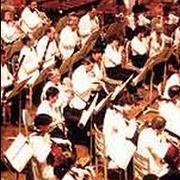
 Love Theme - Boston Pops Orchestra
Love Theme - Boston Pops Orchestra

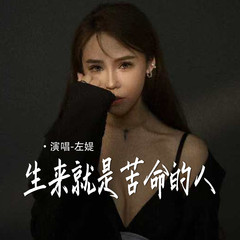

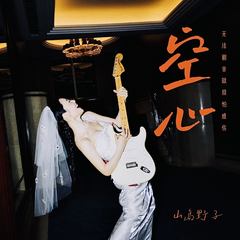
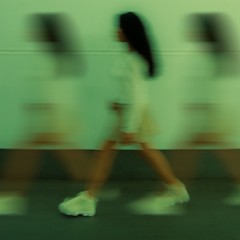


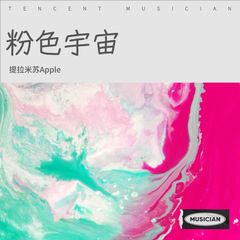


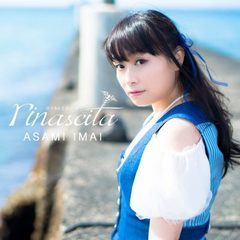
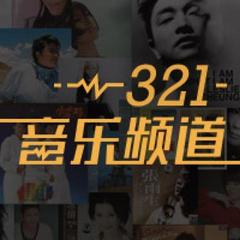
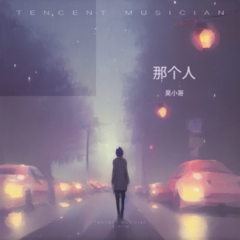
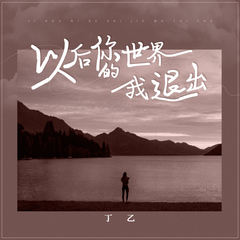
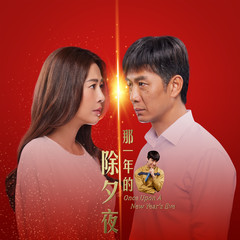













![[STATION] aespa《Dreams Come True》MV Teaser - aespa (에스파)](https://img2.kuwo.cn/wmvpic/324/79/54/2120387380.jpg?imageView2/1/w/195/h/130/format/jpg/q/60)





